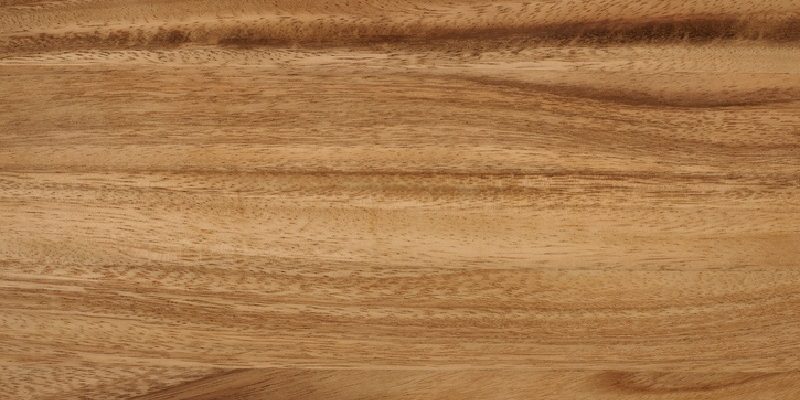Understanding Acacia Wood: Pros, Cons, and Key Considerations
Acacia wood is a highly sought-after hardwood in Malaysia, renowned for its use in furniture, flooring, and various woodworking projects. Its beautiful appearance, strength, and durability make it a favorite among woodworkers and designers. However, like any material, it has both advantages and disadvantages. Below is a detailed overview to help you understand Acacia wood better.
Pros of Acacia Wood
1. Attractive Appearance
Acacia wood is prized for its rich and diverse colors, ranging from light golden hues to deep reddish-brown tones. These natural colors add warmth and sophistication to furniture and other wooden applications. When polished and finished, it achieves a stunning visual appeal that enhances any space.
2. Durability
One of the most durable hardwoods, Acacia wood is resistant to wear and tear, making it an ideal choice for both indoor and outdoor applications, such as flooring and furniture.
3. Rot Resistance
Thanks to its high natural oil content (including silica), Acacia wood naturally resists moisture, rot, and decay. It is also resistant to insects, making it suitable for areas exposed to varying environmental conditions. Its rot-resistant properties help minimize replacement and maintenance costs over time.
4. Versatility
Acacia wood’s versatility makes it suitable for a variety of uses, including:
- Flooring
- Furniture
- Cabinetry
- Outdoor projects like decking and garden furniture
5. Scratch Resistance
Due to its hardness and density, Acacia wood is less prone to scratches and dents. This makes it an excellent choice for high-traffic areas like floors.
6. Workability
Acacia wood is relatively easy to work with, whether using hand tools or machinery. With sharp tools, it can be cut and shaped smoothly. It also glues and finishes well, ensuring a professional result for any project.
7. Even Stain Absorption
Acacia wood absorbs stains evenly, reducing the risk of blotchy finishes. Its ability to hold a uniform stain makes it a popular choice for achieving a consistent look.
Cons of Acacia Wood
1. Color Fading
Over time, Acacia wood’s natural color may fade, especially when exposed to direct sunlight or outdoor conditions. Applying a sealant is essential to maintain its color, which adds to maintenance costs.
2. Higher Cost
Acacia wood is relatively expensive compared to other hardwoods due to its exceptional properties like rot resistance and durability. Costs may vary depending on the species and quality, but the initial investment and maintenance can be higher than alternatives.
3. Variation in Quality
The quality of Acacia wood depends on its source and species. With over 160 species of Acacia, selecting a reliable supplier is crucial to ensure you receive high-quality wood that meets your project’s requirements.
Why Choose Creatimber Global Sdn Bhd?
At Creatimber Global Sdn Bhd, we specialize in providing premium-quality Malaysian wood, including Acacia and other hardwoods. As a trusted supplier in Malaysia, we are committed to delivering superior wood products for all your needs—whether for furniture, flooring, or outdoor projects.
Explore our website at www.creatimber.com.my to learn more about our products and services. Let us help you bring your woodworking visions to life with the finest Malaysian wood.






